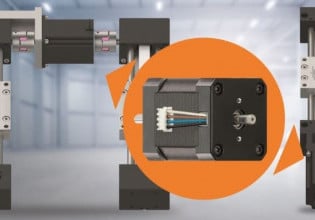A
My assessment lead me to a point where i think the compressor discharge air is leaking through a gland packing underneath the combustion chamber (From where Lubrication pipe connects with bearing#02).
Please help me in finding the possible reasons. And if someone had faced such a situation then please share.
Please help me in finding the possible reasons. And if someone had faced such a situation then please share.






